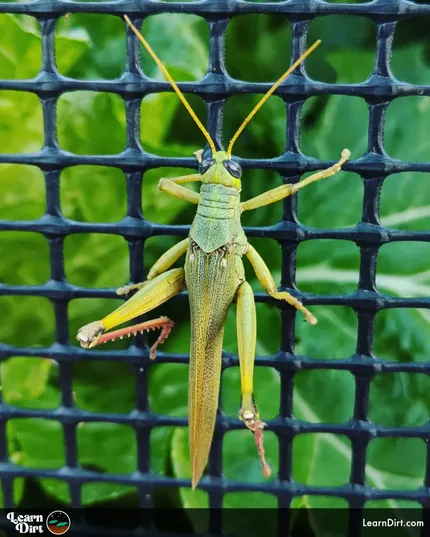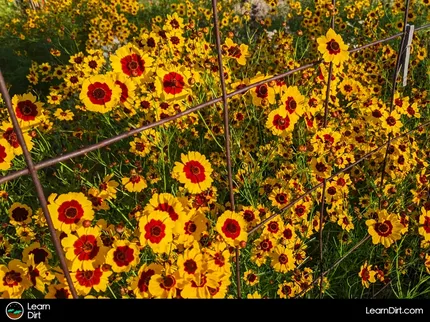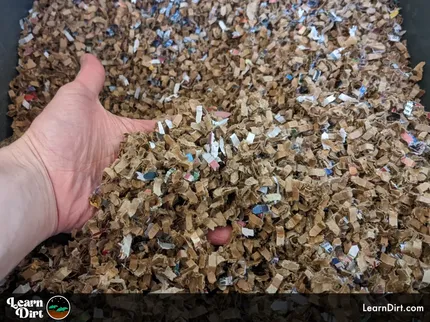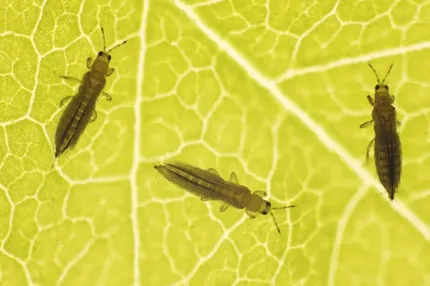Table of Contents
- Soil-Building, Compost, and Nutrients
- Water Conservation and Irrigation
- Desert-Specific Gardening Techniques
- Seed-Starting and Germination
- Pest Control and Beneficial Insects
- Native Desert Plants and Invasives
* Our articles never contain AI-generated slop *
Here we'll help you build the foundational desert gardening knowledge that will support your success as a drylands grower.
This website serves as a dedicated knowledge base for soil-building and regenerative gardening, practices which synergize perfectly with desert gardening.
Side Note - if you're wondering why anyone in their right mind would garden in the desert, check out: this article here.
Disclaimer: This post may contain affiliate links. Refer to the privacy policy for more information.
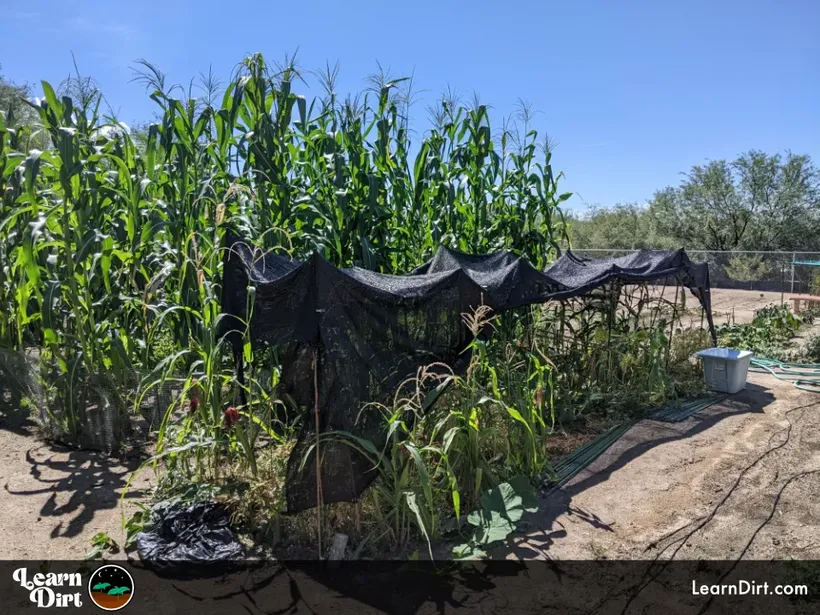
if you're careful with water usage and harvest the rain
I'm located in Tucson, Arizona in the Sonoran Desert lowlands. That's Zone 9a and it's a hot desert climate with a significant summer monsoon season.
We're in a particularly lush desert and enjoy some 11 inches of rain per year which supports massive native saguaro cacti.
If you're in a different desert climate such as an alternate USDA hardiness zone, a cold desert, or a dryer desert - you'll want to adapt what you read here. That said, you'll find info here to help all who grow in the drylands.
Desert gardening is an expansive topic, so I've broken it into a number of sub-fields which will help you build the foundation for your success as a desert gardener. Dive in here to get started:
Soil-Building, Compost, and Nutrients
I list soil-building, compost, and nutrients as the first and most important concept in desert gardening for a reason.
When you grow in the desert, you start with awful soil.
Join The Grower's Community
A FREE, friendly forum
where you can ask questions,
swap tips, and meet like-minded growers 🌱
Check It Out!
Here in Tucson our native soil is mostly sand and minerals, with <1% organic matter content. Worse still, the native soil has a pH often above a 9.0.
It's a wonder that native plants can survive and even thrive in these conditions at all!
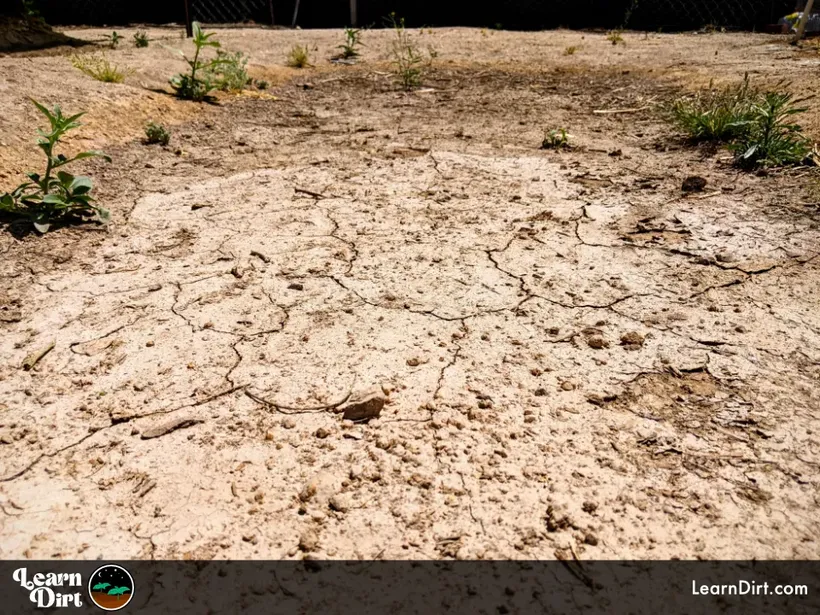
This means you start out behind everyone else on your soil quality when you first start gardening in the desert.
As such, you'll have to focus on how you're going to improve your poor soil starting on day 1.
I often cite this as an advantage over a long enough time horizon - the desert gardener who has to improve their soil and think about soil quality from day 1 could easily end up with better soil in 10 years than the gardener who started out with great soil from the beginning and took it for granted.
Thinking about how you're going to improve your soil quality each year forces you into a regenerative mindset of leaving the land better than you found it. This will inevitably set you up for success in the long run.
You may have to sacrifice more time, cover crops, grow seasons, and attention on soil-building when you start desert gardening, but that attentiveness to soil improvement will pay huge dividends over the years on a desert plot.
If you'd like to learn more, jump into soil-building, compost, and nutrients here.
Water Conservation and Irrigation
Lack of water is the defining characteristic of deserts, so if you plan to garden in an arid climate you'll have to focus heavily on water conservation and irrigation.
Mulching over drip lines with chop & drop, wood chips, alfalfa hay, compost, wool, etc. will help lock in moisture and prevent evaporation.
Setting irrigation timing to early in the morning before the sun rises, and late in the evening after the sun sets is a great way to get moisture into your soil at times when it's less likely to evaporate.
More frequent irrigation cycles with shorter durations can also help plants get through difficult summers in the desert. Just remember that unlike garden veggies, fruit trees prefer deeper waterings less frequently - though they'll still benefit from an increase in frequency during summer.
Rainwater collection is also an important element to conserving water in the desert, if you're able to set up the infrastructure for it. This can range from simple buckets in the rain to full-blown standalone rain roofs with a settling tank and arrays of large poly tanks.
Whatever the scale, harvesting rainwater when it comes is a great way to conserve water in your desert garden.
Likewise, digging tree basins and rain basins along with swales, berms, and keyline design are all important ways to passively harvest rainwater when it does come.
There's a great book called Rainwater Harvesting for Drylands and Beyond by Brad Lancaster which really goes into depth on these principles if you'd like to dive deeper.
Desert-Specific Gardening Techniques
In the previous section we talked about mulching over drip lines and how important that is. To add to that we'll say that mulching in general is critical for desert gardeners.
Mulching Your Desert Garden
Mulch covers and protects your delicate soil microbiome, keeping the scorching sun off and the moisture locked in.
If you don't have drip lines, a hose can be slid under your mulch layer and run to prevent evaporation and lock the water in below the insulative mulch blanket.
Some great options for mulch are:
Dig Cool Merch?
Chop and Drop
When plants are pruned and their trimmings are dropped in place as mulch, that's chop & drop.
When the previous season's plants are cut at the soil level and their stalks and stems are mulched, that's chop & drop.
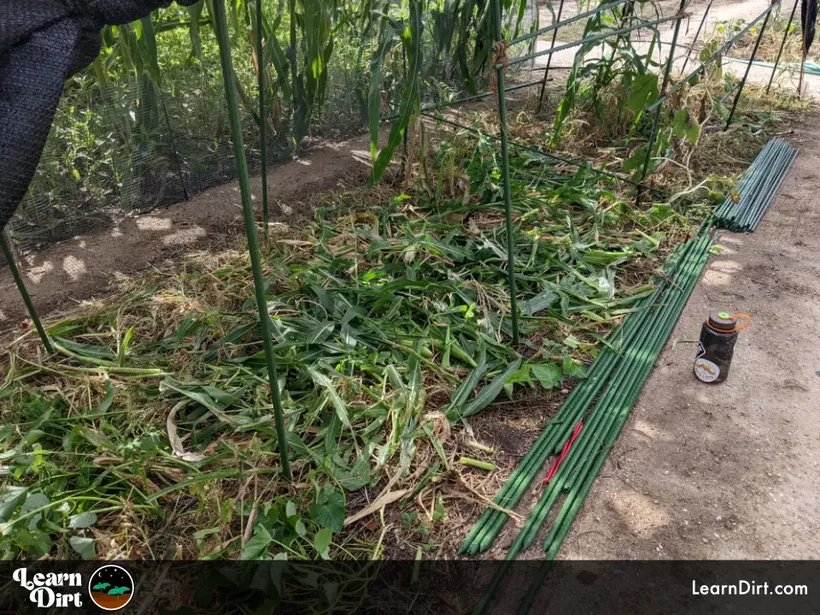
Alfalfa Hay
Alfalfa is a fast-growing legume which is notably a nitrogen fixer. This means it's a great source of nitrogen for your garden as it breaks down.
Alfalfa is also a nutrient scavenger with a deep root system, so it brings other valuable nutrients and minerals with it into your garden. You can even grow your own alfalfa to use as mulch if you've got a bit of spare area and a hot season.
Compost
Another great mulch, compost provides the full spectrum of nutrients that plants need to thrive.
While a fine sifted compost will readily become part of the soil and may seem strange to call a mulch, a chunky compost does just the trick.
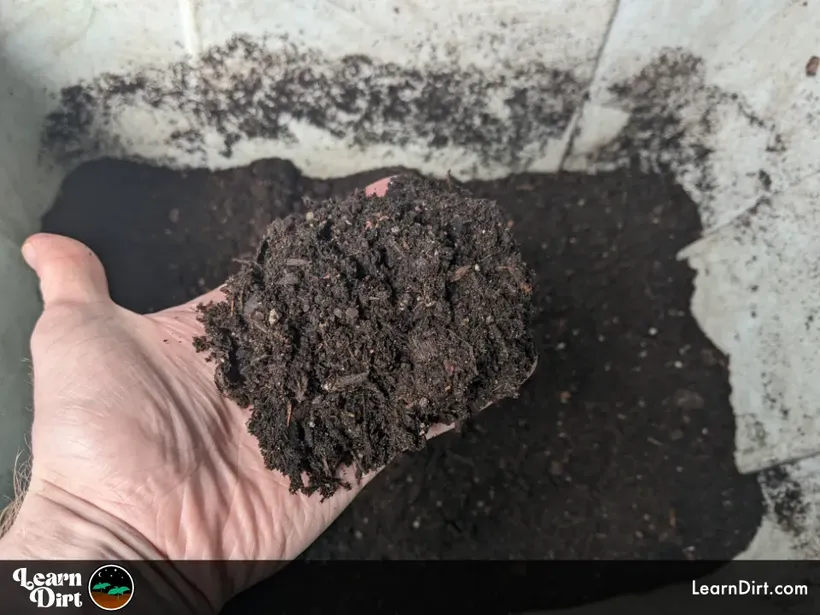
This rough unfinished compost also gives your worms, pill bugs, and other decomposers something to munch on which is not yet fully broken down.
Wood Chips
These are a great mulch, especially on trees and garden paths. You can definitely layer wood chips directly into beds and plots though, as long as you're careful of a few things:
Remember that wood chips are carbon-heavy. This means they'll temporarily lock up some nitrogen in order to help them break down. If you're not abundant in nitrogen, this may result in N deficiencies.
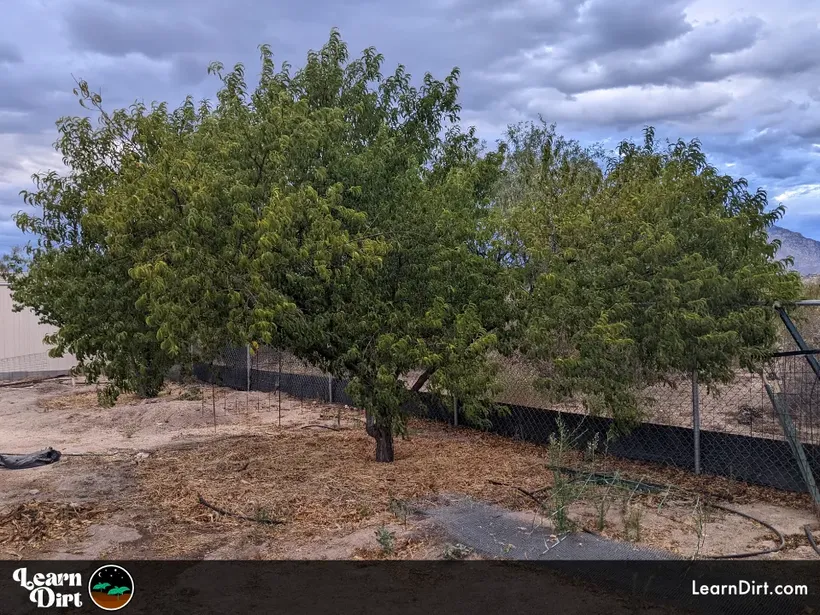
I always recommend adding plenty of 'green' nitrogenous material alongside wood chips if you're utilizing them heavily. Coffee grounds from your local cafe are free, and give wood chips the nitrogen they need so they don't lock up what's in your soil.
That said, a thin layer of chips as mulch shouldn't lock up too much nitrogen.
One great thing you can do with wood chips is inoculate them with beneficial fungi, indigenous microorganisms, or even culinary fungi.
Shade Cloth
When the sun is high in the summer, sometimes great soil and adequate water aren't enough to keep your plants from getting sunscold. Leaf temperatures can easily reach 150F+ (65.5C+) and may wither and die despite taking every precaution.
Shade cloth can be a critical factor in safeguarding your plants from the brute force of the sun.
This stuff comes in different percentages, and experimentation is the best way to determine when and how to use it and what percentage shade is required.
It can be used to extend spring and fall seasons further into the summer, as well as providing some relief during summer. Just keep in mind that you can definitely overdo it - shading out heat-loving crops such as watermelons, sweet potatoes, okra, amaranth, and cowpeas can stunt their growth. You'll have to experiment with it and see what works for you.
Seed-Starting and Germination
Direct-sowing seeds can be especially troublesome in the desert, especially during the hot season. That's because the top 1/2" of the soil or more constantly dries out as it bakes in the sun and water evaporates.
Mulch is great for locking in moisture, but if it's laid too heavily it can impede seed germination.
If you plan to direct sow seeds in the desert in the summer, you'll need to hand-water the soil surface daily until they germinate. Once sprouts appear, hose watering frequency can be decreased gradually until plant roots are deep enough to access water from drip irrigation.
Planting directly along drip lines can remove the need for hand-watering, however this greatly reduces the number of plants you'll be able to grow unless you've got great drip line coverage. I love using more drip lines watering at lower rather, rather than fewer drip lines turned up high.
For all these reasons, germinating seeds indoors under grow lights or in a hoop house with shade and misters may be better choices than direct-sowing for some plants during some seasons. Trial and error is critical here to determine which and when.

Pest Control and Beneficial Insects
Just like many synthetic fertilizers, many synthetic pesticides and insecticides pose particular problems for groundwater sources.
Because water is so scarce in the deserts, it's crucial that we avoid groundwater pollution at all costs to protect our waterways.
Aside from posing harm to all manner of beneficial insects and other predators, synthetic pesticides are highly water-soluble and inevitably end up in our few precious water sources.
If you're growing a desert garden, consider taking an organic approach which incorporates beneficial insects instead of harsh untargeted sprays.
Remember - all garden pests are prey to something. It's just a matter of attracting that something.
If you can successfully provide enough food and habitat to entice your local predator bugs and beneficials to take up residence in your desert garden, you can balance your ecosystem naturally without risk of synthetic contamination.
Consider also that many beneficials rely on those pests as their food. In the desert where I grow, ladybugs appear in the garden in spring just after the aphids begin to take hold of the heat-stressed winter crop.
The ladybugs feed on the aphid populations while laying eggs and producing more ladybugs which also feed on the aphids.
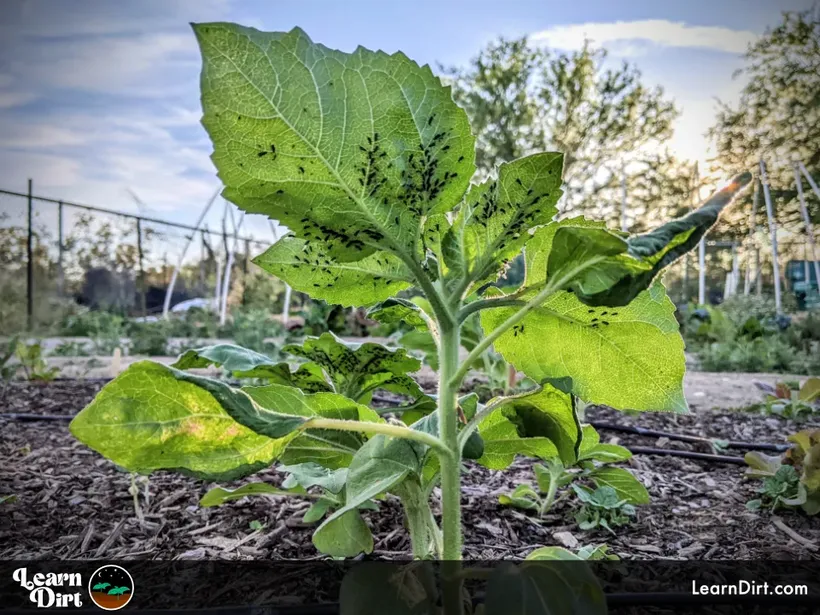
They can have an amazing effect, often knocking back aphid populations almost completely.
After filling up at the buffet, the ladybugs then make the great migration up to mountain tops and high elevations to avoid the summer heat in the low desert.
It's the aphid population that provides the fuel needed for their harrowing journey up the mountain - so you can see why it's probably not a good idea to poison your aphids with insecticides.
Beneficial insects to much more targeted work, eliminating pest species without the need for your intervention. All you have to do is provide supplemental food and habitat for predators and they'll flock to your garden.
In the next section we'll talk about native desert plants, and how incorporating them into your garden will help attract the beneficials which balance out pests.
Native Desert Plants and Invasives
If you're a desert gardener, it's worth taking the time to get to know your native desert plants. Native species have a role to play in creating garden diversity and attracting beneficials.
It's also important to understand which plants are considered invasive in your region, and educate yourself on the dangers of inadvertently introducing species which may harm the ecosystem.
Native Desert Plants
Opting for native desert plants is a great way to improve your desert garden.
Not only do desert plants require less water and lower quality soil, but they can provide abundant food while attractive native beneficial species to boot.
Remember that an organic garden relies heavily on beneficial predators to balance pest populations, rather than synthetics or harmful sprays.
If you're to attract local beneficial insects and predators to your garden, they'll be adapted to feeding on and sheltering in the native plants. For instance native flower species will attract a wide array of native pollinators.
Native shrubs provide great shelter and habitat for birds and some of the insects which will eat your pest problems and maintain balance in your desert garden.
Invasive Desert Plants
Remember to exercise caution when introducing new plants to your area, especially plants from other desert regions.
In Southern Arizona we have big problems with various non-native invasive species such as buffel grass and stinknet. Both of these plants originated in similarly-arid climates on the African continent and were introduced by humans to North America where they spread rapidly.
Both of these plants have a way of spanning the large gaps between cacti in the low desert, while leaving abundant dry tinder which is prone to fire.
The Sonoran desert is not adapted to fire at low elevation among the saguaro and prickly pear forests, and these invasives expose an entire ecosystem to fire risk they haven't adapted to.
Always do your research when introducing non-native species from similar climates. Be certain that they aren't considered invasive in your area, and that you know how to manage and contain them if they are.
Regenerative Desert Gardening
The focus of regenerative gardening is to improve or regenerate soils and, by extension, ecosystems over time.
Because desert soil is some of the poorest, soil-building and regeneration are critical components in many desert gardening projects.
For every 1% soil organic matter (SOM) increases, average water holding capacity increases by some ~20,000 gallons per acre.
For a small 500sq ft backyard desert garden, that equates to around ~230 gallons more water holding capacity in your garden for every 1% increase in soil organic matter.
Infiltration rate also increases with organic matter content, which means your soil is able to soak up water faster when it does rain, and hold more of it. That makes soil improvement and remediation a critical pillar of any organic desert garden.
To learn more about regenerative gardening, dive in here.
Seasonal Timing for Zone 9a Desert Gardening
If you're in Tucson, you can use the following planting guides I've derived from the few guides online combined with experience. As with everything in gardening, take it all with a grain of salt an adjust to your unique microclimate.
If you're not in Tucson but are still in zone 9a then much of this will apply to you as well. You may have very different amounts of rainfall than me, though, and different seasonal patterns to keep in mind.
Nonetheless you can absolutely adapt some of this for your local environment, with some trial and error.
Tucson Seasonal Planting Guides
Tucson Frost Dates
Frost dates have a big affect on gardening, and just because we're in the low desert doesn't mean we don't get frost! Au contraire, Tucson has some very frosty nights each winter and even occasionally receives snow. My garden hit 17F (-8.3C) this winter in a place which often hits 117F (47.2C) in the summer
Because of the lack of humidity in desert gardens, air has much less ability to hold onto heat once the sun goes down. For this reason, nighttime temps plummet in our 9a desert zone in a way that just doesn't happen in a humid zone 9a.
This is why you'll notice many similarities between an Arizona desert 9a and a Florida subtropical 9a, but also notably many differences.
Check out this out if you're looking for a general understanding: Tucson frost dates and average temperatures for planting.
That's all for now, thanks for reading!
If you have any questions, comments, or would like to connect with fellow gardeners, head on over to the forum and post there.

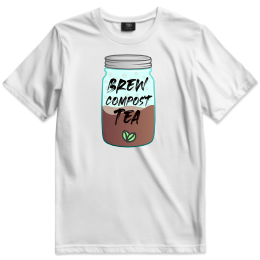


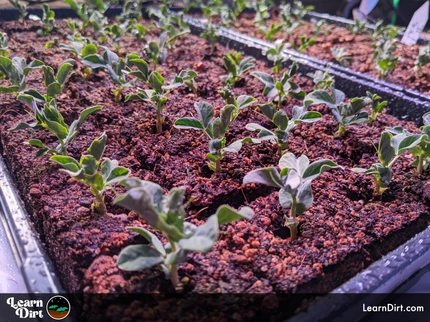
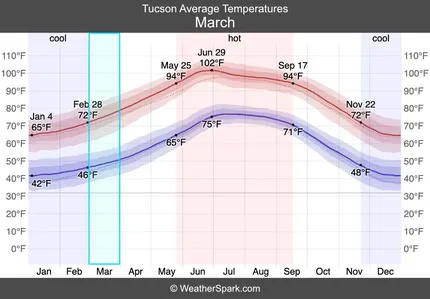
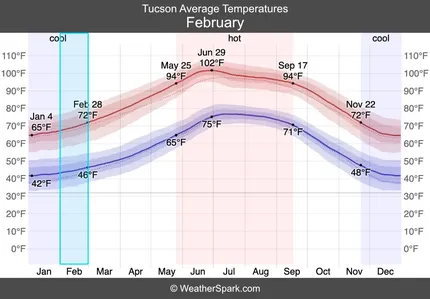
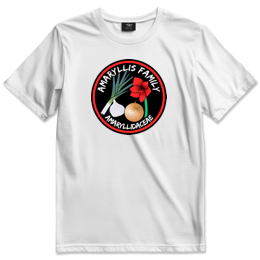

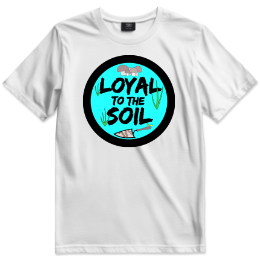

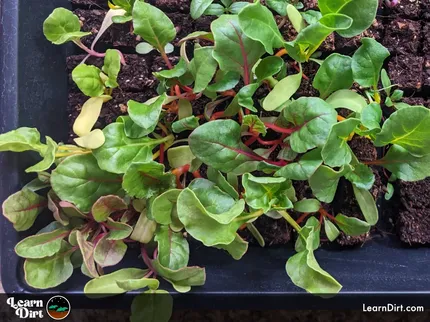
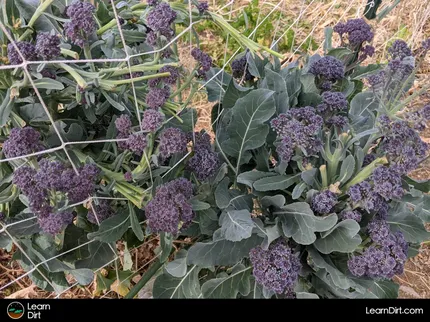
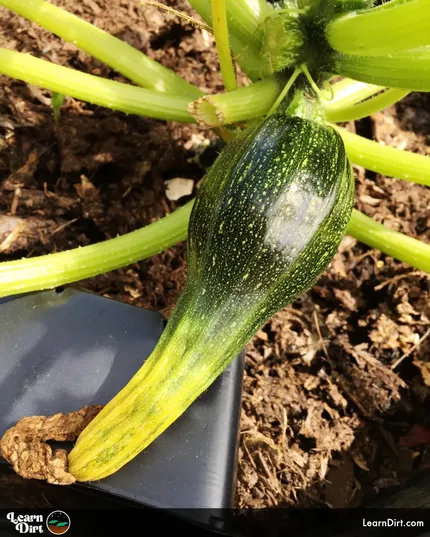
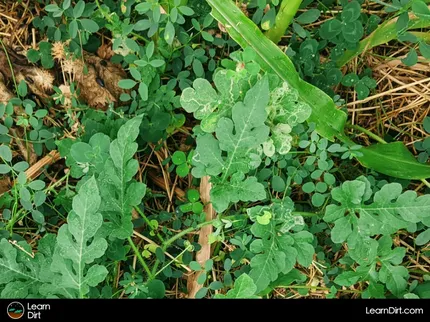



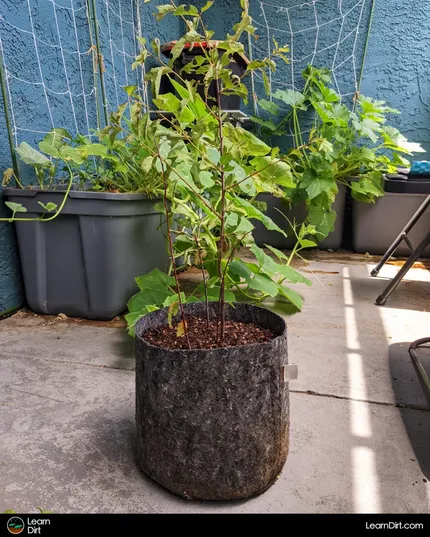


![Black Dirt Live Again [Blue] T-shirt](/media/product_images/black-dirt-live-again-[blue]_shirt_260x260.png)

